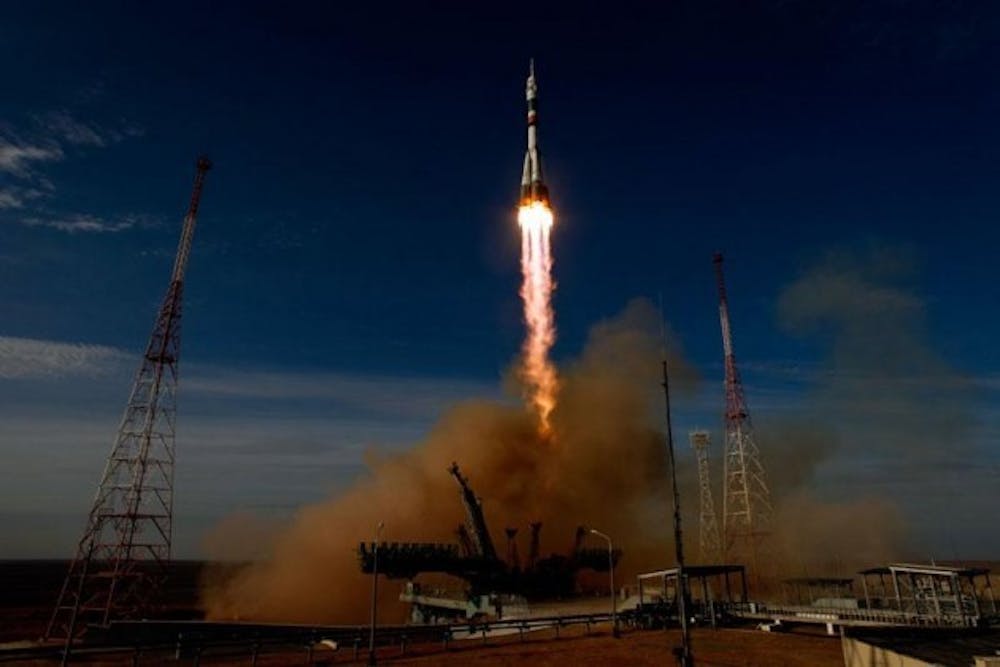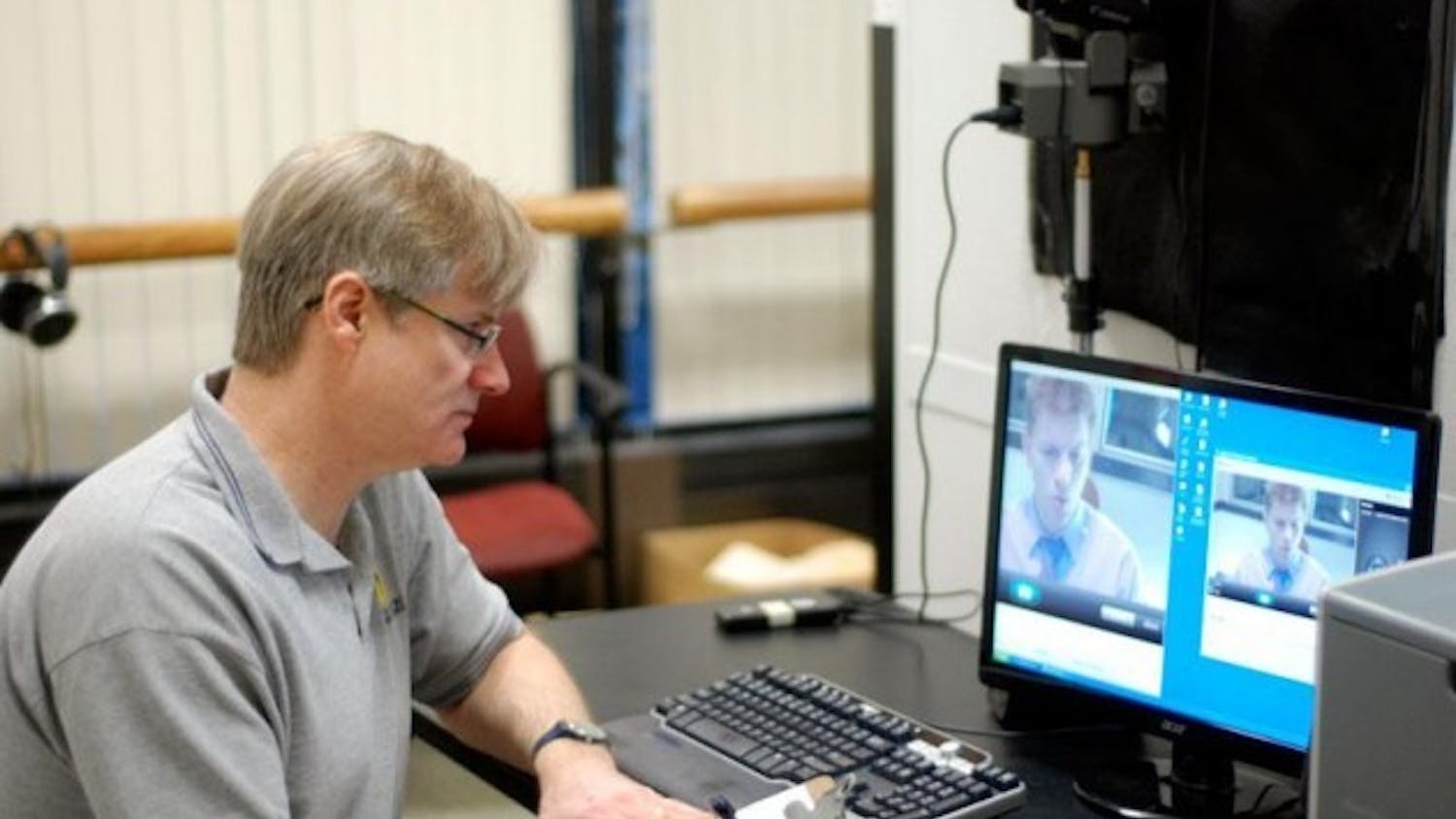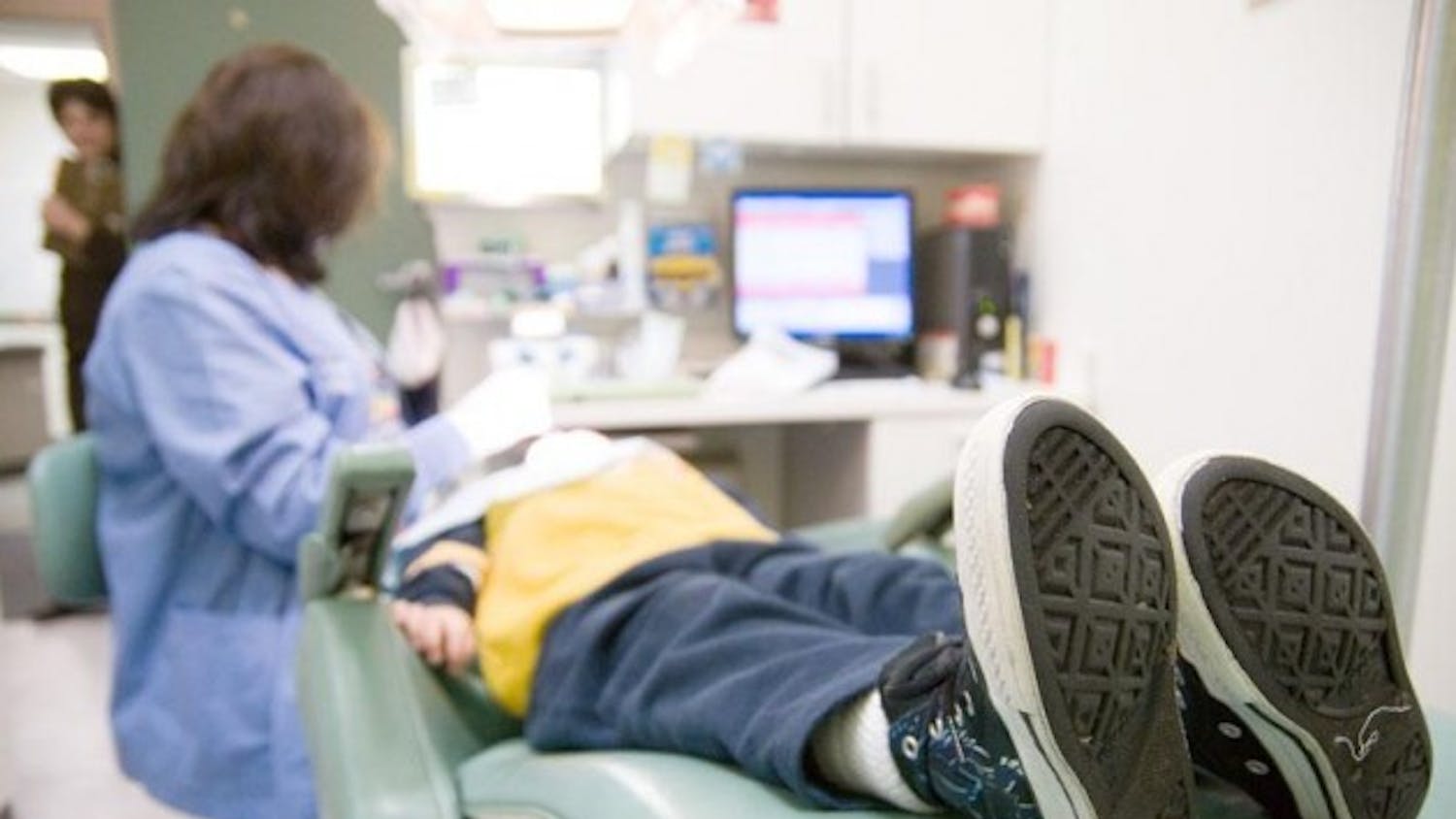As a boy, Chris Scolese saw rockets on his television screen. He saw the strings attached to them and knew they were fake, but it was his first memory of space. Later, as he browsed a scholastic magazine, the cover stuck out to him - it featured a man responsible for the successful launch of an unmanned satellite.
That's when Scolese, now the director of NASA's Goddard Space Flight Center, knew what he wanted to be when he grew up.
Scolese was among the keynote speakers at SpaceVision, an annual student-run and student-based space conference held at the Buffalo Convention Center this past weekend. Organized by Students for the Exploration and Development of Space (SEDS), this year's conference focused on the current crossroads of space exploration.
"[The future of space exploration], it's limitless," Scolese said. "There are great things still to be done ... the NASA that I joined is different today than it was when I joined it, and the NASA I joined is different than the one that existed in the '60s. But it's still here. It's still doing fantastic things and there are still incredible things to be discovered."
Andrew Dianetti, a senior mechanical and aerospace engineering major and the conference chair, had planned the event along with UB's SEDS team for 16 months. Dianetti wanted to motivate and inspire others to become involved because the space industry is at a transitional point, he said.
That crossroads is something the entire conference addressed.
Frank Centinello, a UB alum and Ph.D. candidate in the department of earth, atmospheric and planetary sciences at MIT, co-founded the UB chapter of SEDS.
Centinello felt during his undergraduate and graduate time at UB - from 2000 to 2007 - there wasn't necessarily a clear path for students to go from school to career. That's why he decided to help found SEDS.
"I prepared this 30-minute speech about how we need to take control of our destiny in space because it's not going to be handed to us and we need to do what we can ... we need to shape it ourselves," Centinello said. "I graduated the next semester and they ran with it. The next year, they made it an SA-approved club and soon after that they were the most active SEDS clubs in the country and they really ran with it."
SEDS was founded 30 years ago, according to Centinello, based on the shared desire to promote the settlement of space, and this year's conference brought that message back. That's what SEDS stands for, he said, to express to the governments of the world and the general public that space is important. Issues like global warming, poverty and civil rights are also interconnected with space exploration.
"When you're halfway across the solar system, it doesn't matter what race you are or what sex you are," Centinello said. "It just matters that you're human and your planet's people decided to send you across the solar system."
For Centinello, it is extremely important to get the majority of the planet's population involved in space exploration. That's why he participates in many outreach programs to museums and schools.
Although the space shuttle program has been retired, that does not mean NASA and other companies have stopped. In fact, the United States is developing three or four new vehicles that will take humans into space, according to Centinello.
The transfer to commercial space is another major crossroad that SpaceVision addressed.
For the past 50 years, NASA and the U.S. government have been responsible for the majority of space exploration, according to Centinello. Now private companies, such as Richard Branson's Virgin Galactic, have become involved in the journey to the final frontier.
Members of the space community - from Ed Mango, commercial crew program director of NASA's Kennedy Space Center, to Peggy Whitson, a former chief astronaut - came together to discuss the future of the space program with the generation that holds its fate in their hands.
Although some believe NASA was done with space after the end of the shuttle program, Scolese said that is "the farthest thing from the truth."
With Curiosity, a "Mini Cooper"-sized rover, landing on Mars, NASA is very much alive. That goes for space exploration in its entirety as well.
"SpaceVision is about our future in space, organized by students for students and that really is something that we need," Scolese said. "They're our future."
Will Pomerantz is the vice president for special projects at Virgin Galactic, the world's first commercial space line. For the price of $200,000, anyone can go into space, according to Pomerantz, and while that number might seem expensive, it's cheap compared to the next cheapest ticket, which is $60 million.
"What we hope to do and what we are in the process of doing is to totally revolutionize the amount of people that go into space and the frequency in which they go to space," Pomerantz said. "If you add up the amount of people that have gone into space, starting with Yuri Gagarin, the first cosmonaut in 1961, until today, 528 people have gone into space."
Pomerantz hopes Virgin Galactic's focus on space tourism will increase that number. The passengers will have the chance to earn their astronaut wings as they look down from the SpaceShip Two onto earth, Pomerantz said. It's only about a two-hour trip, but afterward, "you're an astronaut for life."
With the tremendous achievements of companies such as NASA and Virgin Galactic, SpaceVision brought together the major players in the new generation of space exploration. As the theme of this year's conference, crossroads was answered by the combining of generations - new and old.
"As Yogi Bear said, 'When you come to a fork in the road, pick it up,'" Scolese said.
Email: features@ubspectrum.com





